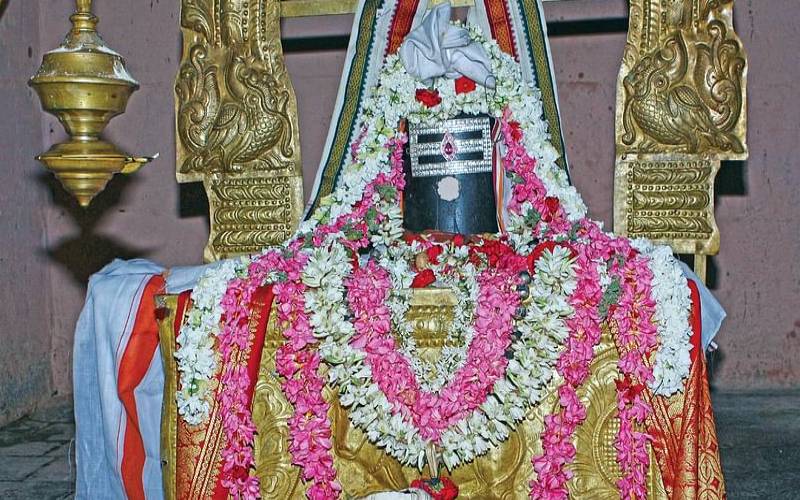
Mayiladuthurai is a famous town in the Chola country, and it is known for its large and lovely temples. Koorai Naadu is part of this territory and is the home to the unique Punukeeswarar Temple. The weavers living in this region used to make special sarees for the brides and these sarees are known as Koorai Pudavai (Koorai Saree). Interestingly, the place came to be known as Koorai Naadu and now has been adulterated to Koranad.
Saint Nesanaayanaar (One of the 63 Naayanaar-s) came to live in this place and a separate idol can be found for him in this temple. He was an ardent devotee of Lord Shiva and he had spent his life making clothes for the devotees of the lord. These clothes were freely distributed to the devotees and the pleased lord blessed him with salvation.
Indra was cursed to become a Punugu Poonai (Civet Cat) by Lord Shiva for participating in the Daksha yagnya. Lord Shiva had been side-lined by the Daksha Prajapathi and therefore Shiva’s consort, Sati Daakshaayani, ended her life in the sacrificial fire. Indra sought relief from the curse, and he was directed to this location for the purpose of doing Penance in front of the self-manifested image of Lord Shiva. This image was present under a Pavizhamalli Tree (Coral Jasmine).
Another legend states that one of the civet cats present on the west of Mayiladuthurai began worshiping Lord Shiva who was present in a swayambhu form. It perhaps did so because of the vasana-s from its previous births. Every day it would apply civet oil known as Punugu thailam on the Shiva lingam and it used to offer Vilva leaves too. Lord Shiva was pleased with this offering and gave the Musk Cat (Civet Cat) a divine form.
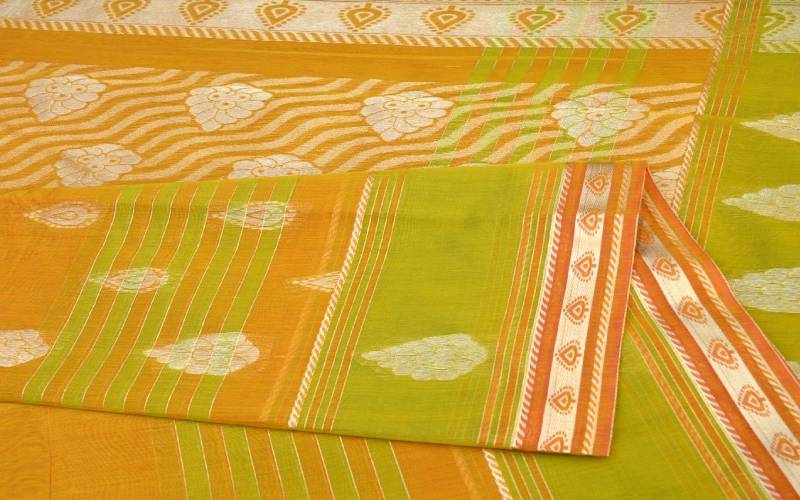
Learning about the same, Vishnu and Brahma offered their prayers to Lord Shiva who came to be known as Punukeswarar. One chola king was fortunate to understand the divinity of this place and built a temple. The grace of this deity perhaps has added to the wealth of the tradition of Koorai Naadu. Koorai Naadu is located at a distance of about 260 kms from Chennai. One can get to see the blooming green countryside while visiting the weavers at Koorai Naadu.
The rhythmic sound of the shuttles would resemble a thaalam and the movement of the hands and the loom can be compared to a dance form. Visitors can enjoy the sight of women weavers working in a meditative manner. While a few more of them would be busy untangling the yarn. The sarees are known as Koorai Naadu Sarees, and they measure 9 yards.
These sarees used to be woven in a limited colour palette of traditional purple, dark pink, orange, olive green and turmeric. The designs were inspired by nature and the rituals connected with marriages. These sarees were part of the bride’s trousseau in Tamil Nadu. Unfortunately, Koorai Sarees lost out to power-looms but luckily was revived in 2014 by T. N. Venkatesh, the Managing Director of Co-Optex (A Cooperative for Traditional Handloom Weavers of Tamil Nadu).
Three types of looms are used to weaves these sarees, pit-loom, raised pit-loom and frame-loom. The first two types of looms are common in weaver-household, and it takes a week to setup the loom for a Koorai Naadu Saree. The weaver is made to earn about 1,700 rupees per saree and incentive wages are added to this amount. A Koorai Naadu Saree may cost about 6,000 rupees for the customers.
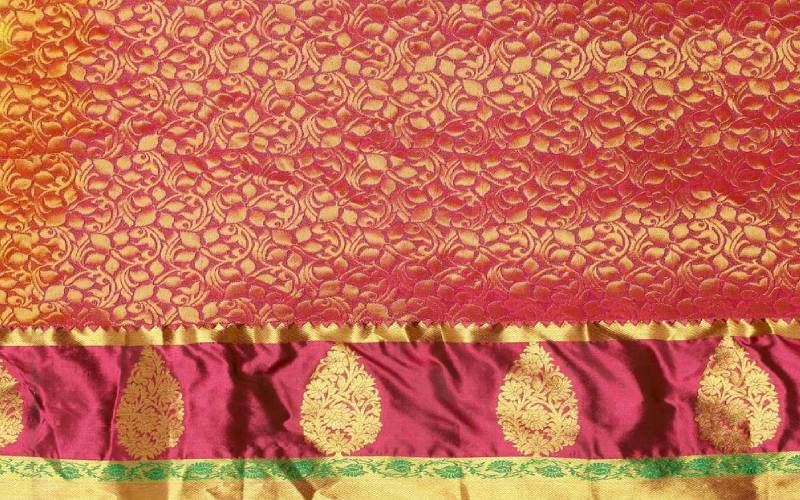
Initially, the Koorai Naadu Sarees were made of cotton but now silk is used. A weaver has to approximately move his legs and hands about 13,000 times over a six-to-ten-day period in order to make a 9-yard saree and these 9-yard sarees are 1.33 yards wide. A double side pallu was provided historically and now a days it is only one-sided pallu. These pallu-s had a colour which contrasted with the body colours.
The most unique art of this saree is the formation of cotton checks by the interlacing of weft and warp during the weaving process. There was a time when thousands of weavers lived in this part of the country. The weavers of Tamil Nadu are known as kaikolar-s and are also known as sengunnar-s, saliyar-s. Most of the weavers who produce the Koorai Saree are saliyan-s and they claim to have a puranam relating to their origin. This is said to be found in the sthala puranam of the Nallaadai Temple.
The Koorai Saree is the emblem of South Indian tradition and glory. The auspicious colours, contrasting borders and the tireless efforts of the weavers have made it the temple saree in Tamil Nadu. This was the only variety that was offered to deities and therefore it acquired a spiritual and God-like nature. The saree is considered to be auspicious because of the green and yellow colours used in it. The green relates to the trees and the yellow with the Thirumaangalyam (Mangalsutra). Of course, the sacred nature of marron and red found in these sarees need no explanation.
The Madisar drape is the style in which the saree is tied. The bottom half of the saree looks like a dhoti and the top half is like a saree. Therefore, one can say that the Koorai Pattu Pudavai (Koorai Silk Saree) represents the union of the male, and the female powers present in the universe. This concept finds a presence in the Ardhanareeshwara form of Lord Shiva.
The Koorai Pattu Pudavai was claimed to be a saree which ensured the lasting journey of marriages and was therefore extremely auspicious.
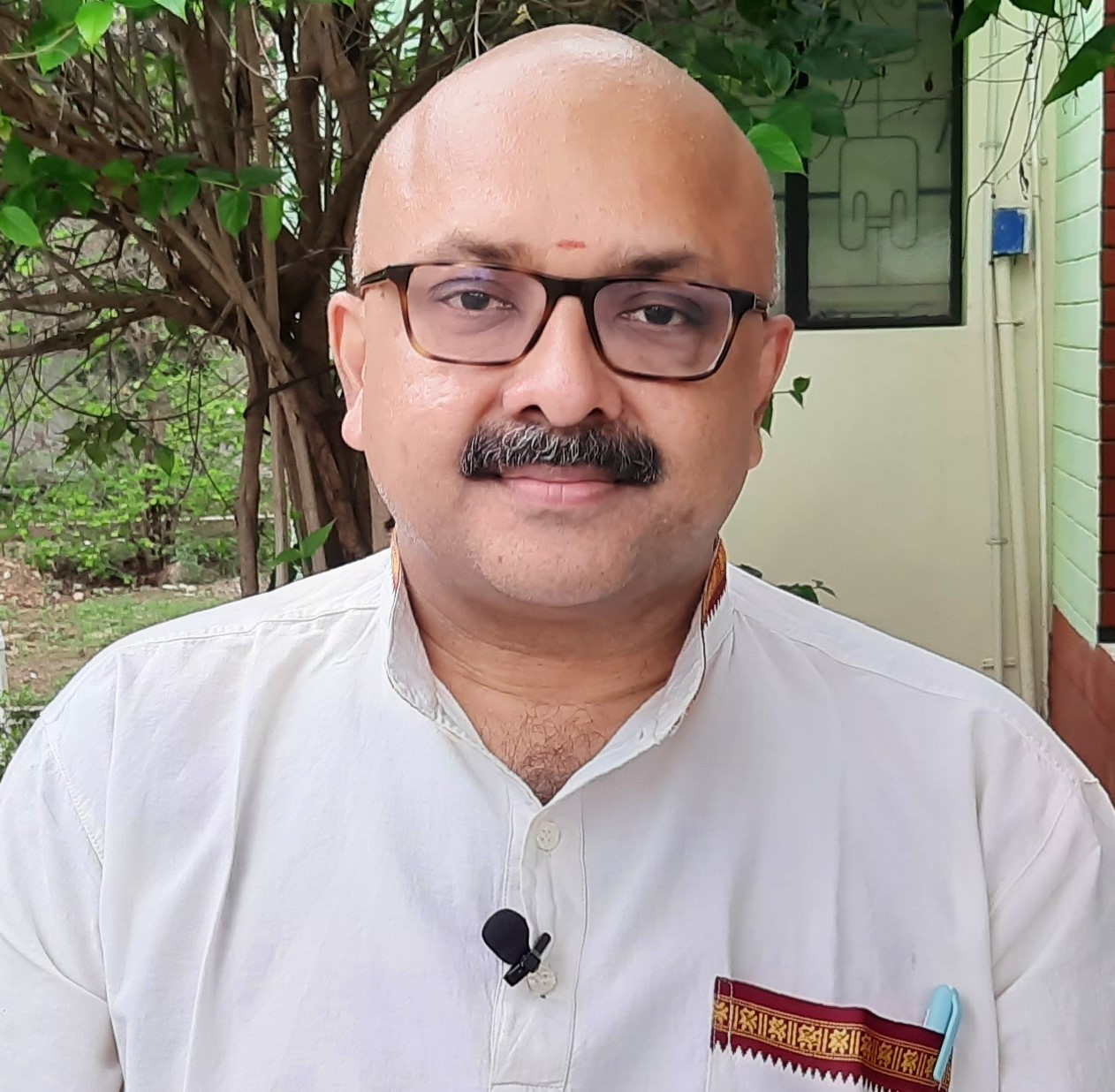
Mr. Rajesh Govindarajulu is one of the founding members of the Verandah Club Pvt. Ltd. He is a leading columnist, historian, jeweler, entrepreneur, and a heritage enthusiast who is earnestly working to revive the past in the light of the present. Experiential learning about the history of Coimbatore is his main course of interest and he is also a panel member of many colleges in the city.
NEXT ARTICLE
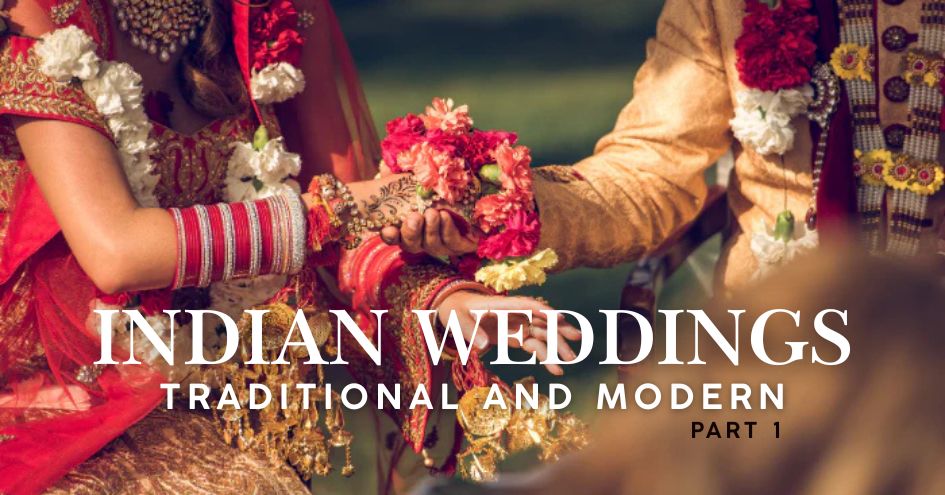
Over the past couple of years, I have had the opportunity to attend several family weddings, both in India and the United States. The experience has b...
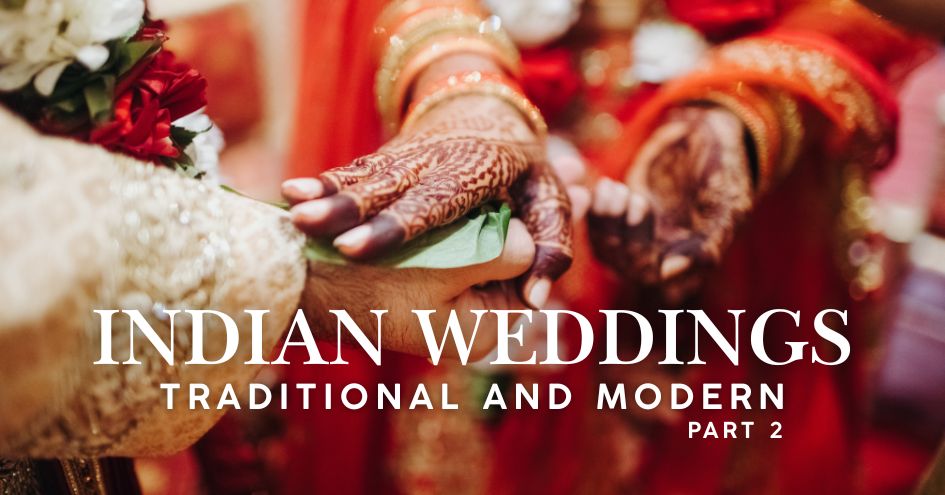
Let's take a moment to revisit the meaning of the term “Vivāha”. At its core, it represents the idea of sharing a burden and carrying the weight of li...
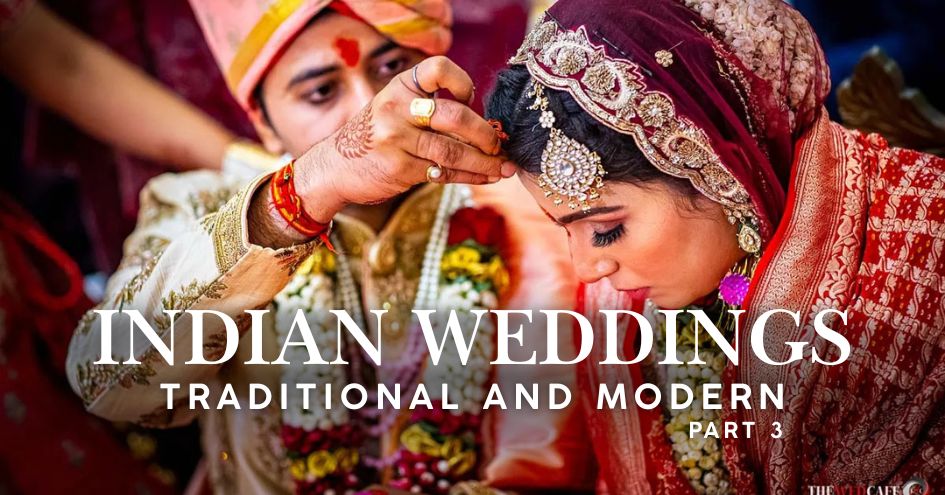
After reviewing the different kinds of weddings, we see why ancient texts felt the need to clearly distinguish between forms that upheld social order...